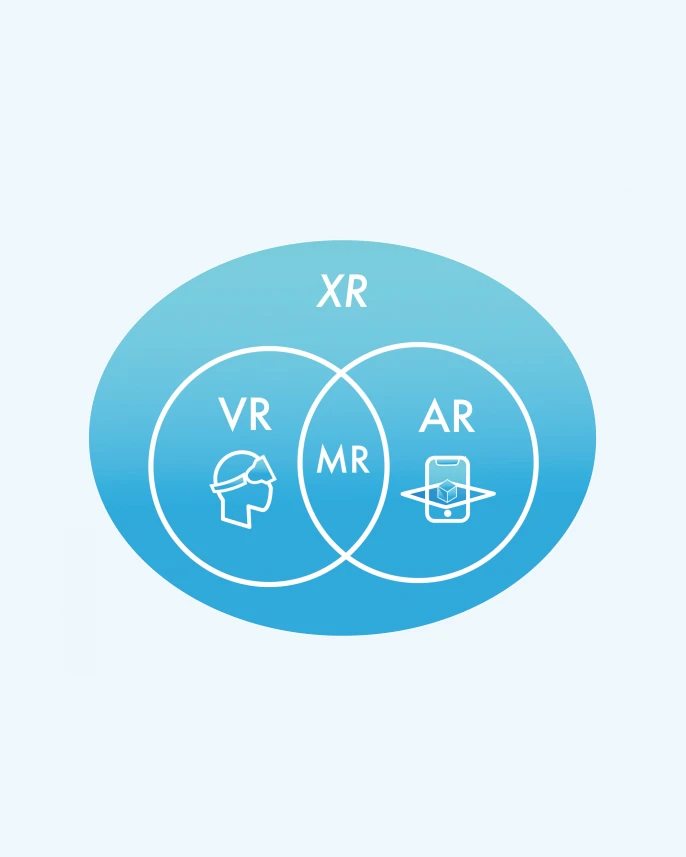Indeed, we live in an age of astonishing technological progress. However, few fields showcase this more than the realm of immersive technologies. For instance, Extended Reality (XR). So, what is Extended Reality (XR)?
Essentially, XR is an umbrella term. It encapsulates Virtual Reality (VR), Augmented Reality (AR), and Mixed Reality (MR). Consequently, XR technology opens up an entirely new world of experiences, blurring the line between the physical and the virtual.
How Does it Work?
Now, let’s delve into the mechanics of XR. It all starts with VR. VR immerses users in a completely digital environment. Typically, this involves the use of a VR headset. Consequently, users can explore these artificial environments as if they were real. A great example of this is the gaming industry. For instance, in a VR game, users can “visit” mythical worlds and fight off fantastical creatures.
Next, we have AR. Unlike VR, AR overlays digital information onto the real world. Essentially, this technology enhances our physical surroundings with computer-generated elements. An excellent example is the mobile game Pokémon Go. Players can “catch” Pokémon appearing in their real-world surroundings through their smartphone screens.
Lastly, there’s MR. MR merges elements of both VR and AR. It allows users to interact with digital objects placed in the real world. Microsoft’s HoloLens is a notable example here. Users can manipulate holographic 3D objects, a feature that’s particularly useful in fields like architecture and design.
Benefits of Extended Reality (XR)
So, why should we care about XR? The answer lies in its potential. XR technology holds promise in various fields.
Firstly, there’s education. XR can transform learning into a more interactive, engaging process. For example, instead of reading about ancient Rome, students could explore it through a VR headset. As a result, learners can gain a deeper understanding of subjects, thereby improving educational outcomes.
Moreover, XR can revolutionize the business sector. For instance, imagine an architect showing clients a virtual walkthrough of their future home. Or a retailer offering customers a virtual try-on experience. By incorporating XR, businesses can offer unparalleled user experiences.
Finally, the healthcare sector can immensely benefit from XR. Surgeons could practice complex procedures in a risk-free, virtual environment before performing the actual surgery. Similarly, it can assist in patient rehabilitation, especially in physiotherapy.
The Future of Extended Reality (XR)
Indeed, the future of XR appears bright. As technology continues to evolve, we can expect more integrated, seamless experiences. From gaming and entertainment to education and healthcare, XR has the potential to redefine our interactions with the digital world. Therefore, embracing XR isn’t just about keeping up with technology—it’s about shaping the future.
In conclusion, Extended Reality (XR) is more than a technological innovation. It’s a tool that can transform how we learn, work, and connect. By merging the physical and digital worlds, XR promises to deliver immersive experiences that were once the stuff of science fiction. It’s safe to say that in the realm of XR, the future is now.
